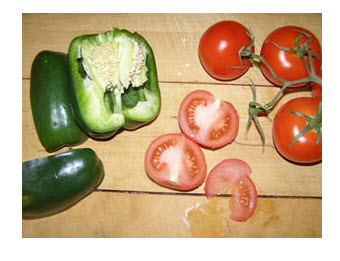Click below to listen to my 2 min. Garden Bite radio show/podcast: Saving seeds
Audio PlayerGenerally we start saving seeds of our perennials about mid-October.
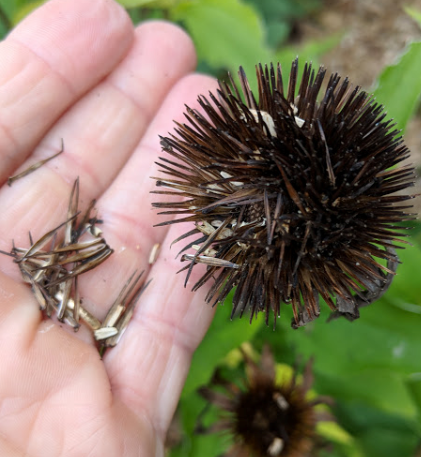
Native plant seeds will reproduce true to the original. Hybrids of plants will not.
There could be faded versions or a complete surprise of a new color! Then again, they may not reproduce at all.
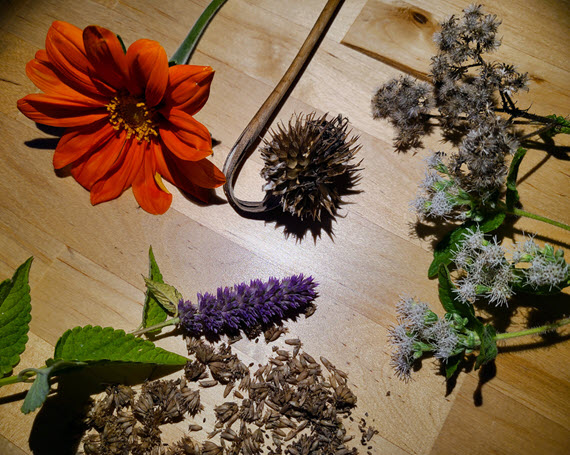
Seeds should be collected about 2 months after flowering. This could be seedpods, , nuts, catkins, berries, etc. but be sure you collect seeds from healthy plants. This is about genetics.
Collect on a dry day (soggy seeds are too hard to dry out enough) and let them dry on a warm, sunny windowsill.
You can also hang branches of flowers in a paper bag and allow the seeds to drop into the bag as the flower heads dry. If you want to remember which seeds are what, LABEL the envelope you put them in!
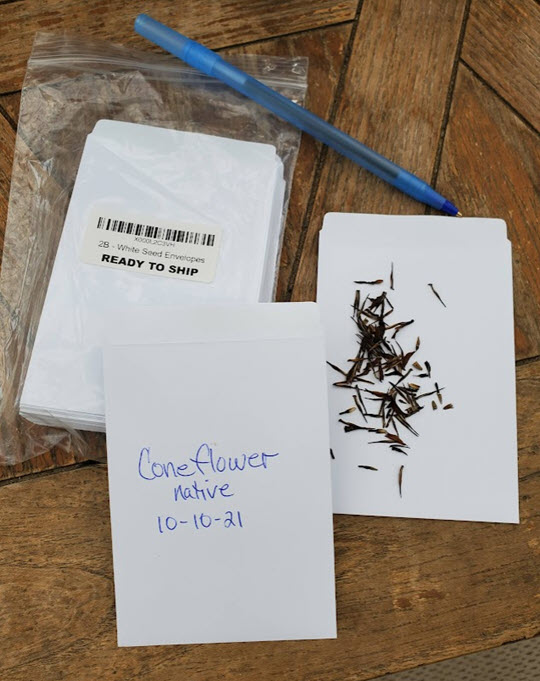
Pick the seed heads, either singly or on stalks. Letting them dry enables seed to be more easily extracted from pods, cones or capsules. If they don’t open when dry, you can gently crush pods and capsules to release the seed.
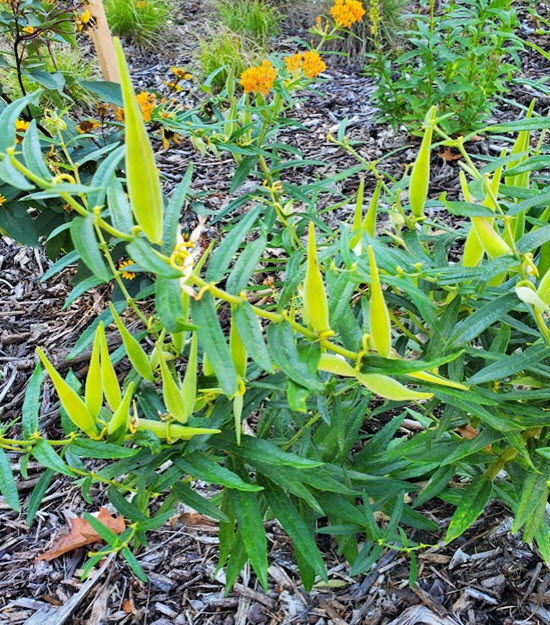
As for berries, collect the seed by mashing them in a fine sieve and then rinsing away the pulp in cold water. Leave the seed to dry for a few days on paper towels.
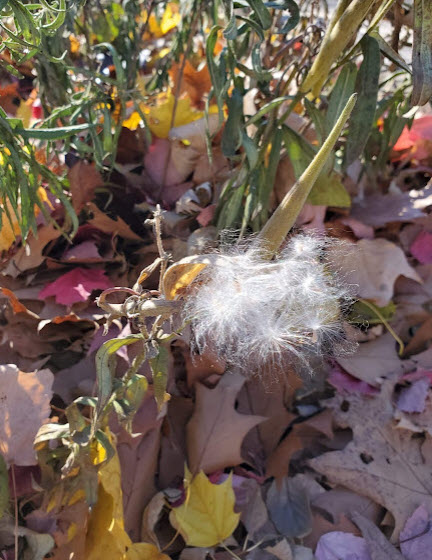
It’s important when saving seeds that they don’t take in any moisture. If so, they’ll be useless.
For best viability, store seeds in your refrigerator. About 41 degrees is optimal. Most seeds will remain viable for many years. I have had seed packets from companies that have reproduced after a few years. And those were ones I’d just left in a spare room!
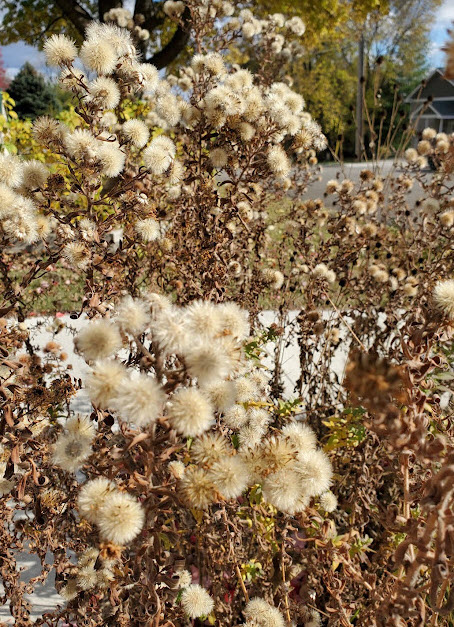
The University of Minnesota Extension has extensive information on saving vegetable seeds.
